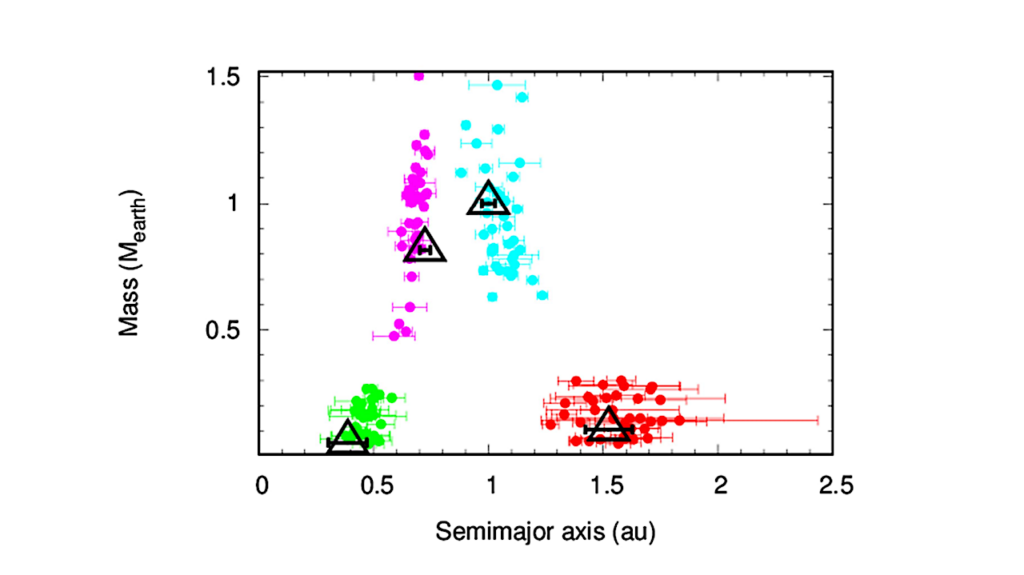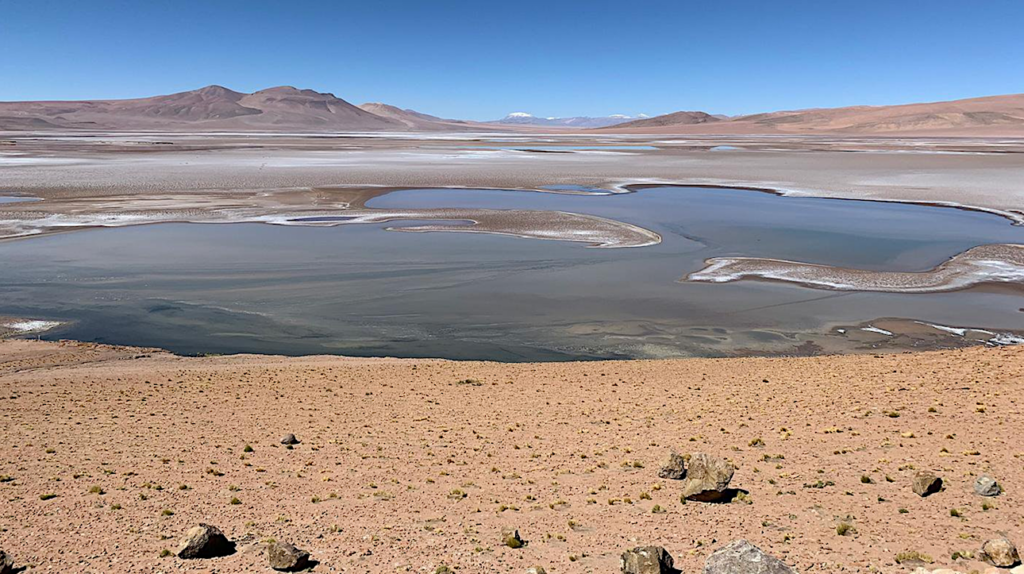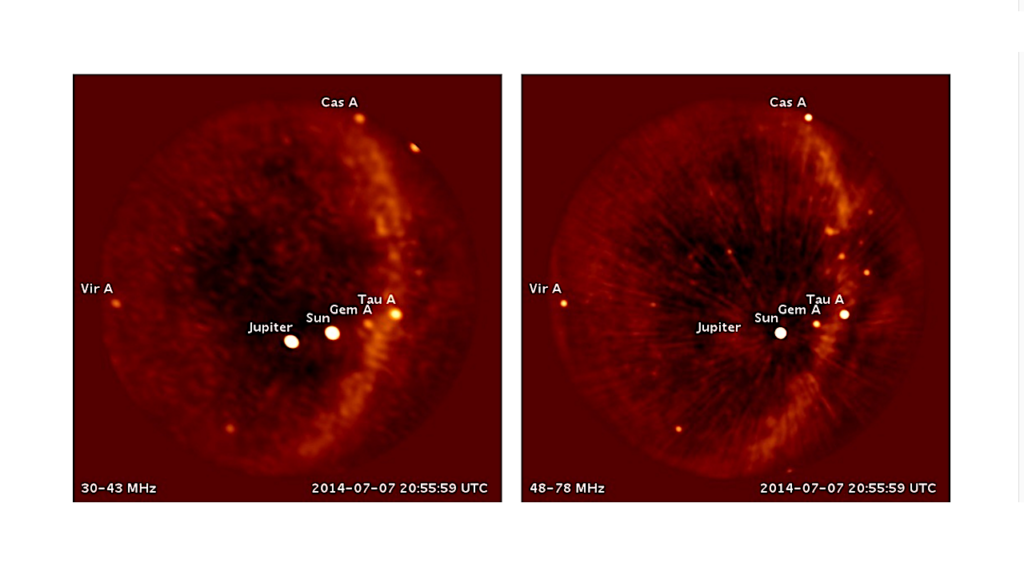The Evolutionary Divergence Of Mars, Venus and Earth
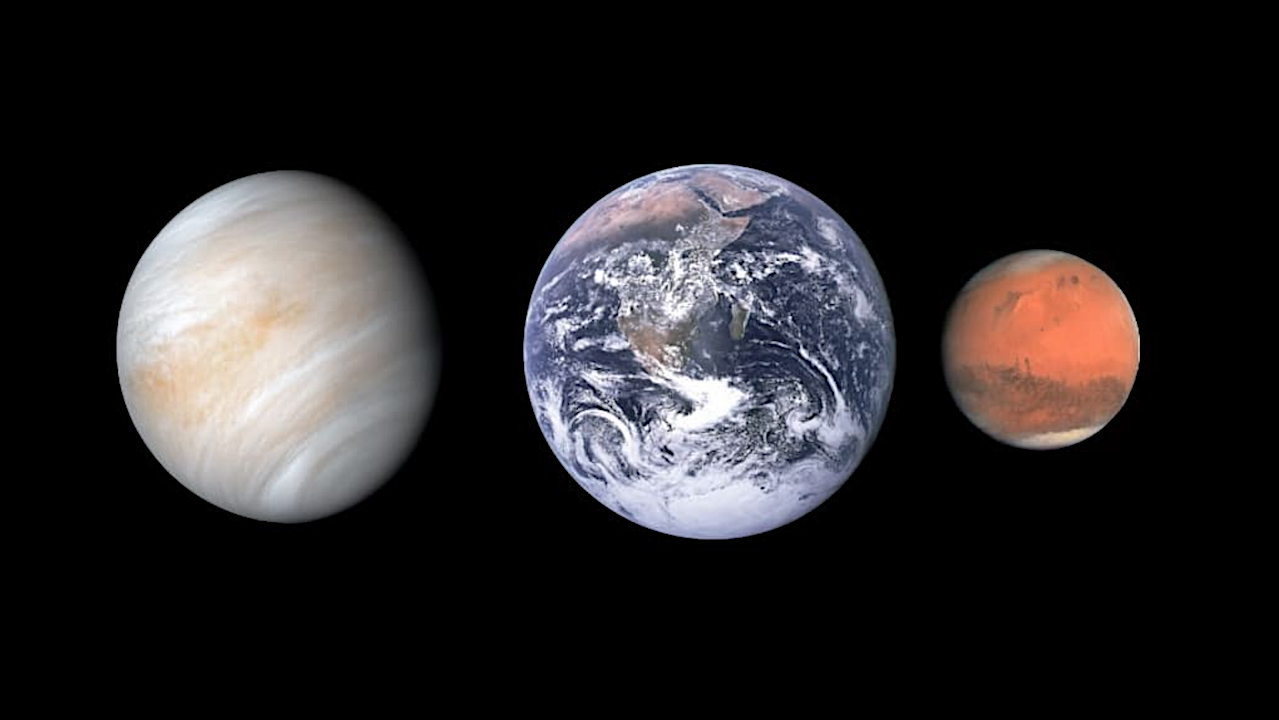
Mars, Venus and Earth are expected to have started in a hot molten state. Here, we discuss how these three terrestrial planets diverged in their evolution and what mechanisms could be the cause.
We discuss that early-on after magma ocean crystallization the mantle/surface redox state and water inventory may already differ considerably, depending on planetary mass and orbital distance from the Sun.
During the subsequent internal evolution, the three planets also diverged in terms of their tectonic regime, affecting the long-term planetary evolution via heat flux and outgassing rate, and possibly the physical state of their respective core and the onset and end of a planetary dynamo.
We discuss how, throughout the evolution of these rocky planets, the dominant process for atmospheric loss would shift from hydrodynamic escape and impact erosion to non-thermal escape, where small terrestrial planets like Mars are here more vulnerable to volatile loss.
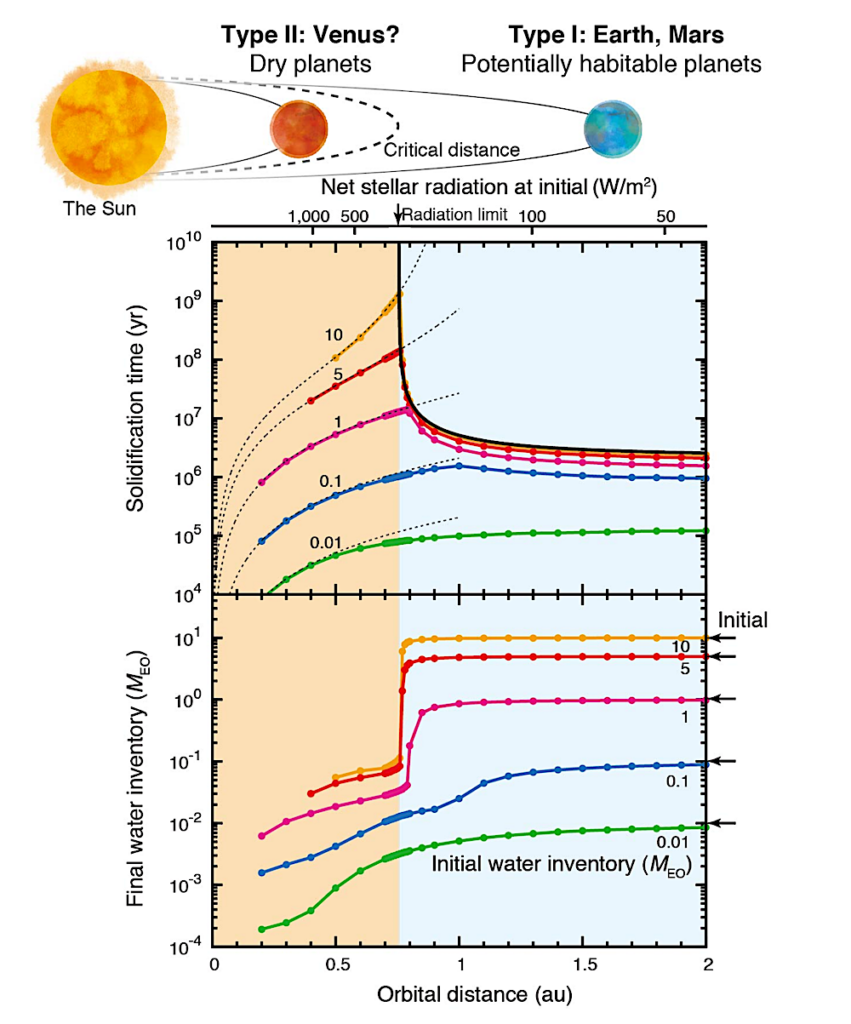
Evolutionary dichotomy for terrestrial planets. Beyond the critical distance (see text for its definition), an Earth-sized planet solidifies on the order of 106 years or less, keeping its water (Type I). In contrast, inside the critical distance, a magma ocean could last longer for a larger inventory of water, and moreover, its solidification time is well approximated by the time required for total loss of the primordial water (Type II), indicated with thin dotted curves in the top panel. In short, a Type II planet is desiccated during the slow solidification process. Modified from Hamano et al. (2013)

(top) Map of Earth impact craters larger than 5 km diameter together with their respective ages coded by color. Filled yellow circles indicate an uncertain age. (middle) Map of Mars impact craters larger than 20 km diameter. Smaller impact craters are not shown for visibility. (bottom) Map of Venus impact craters larger than 5 km diameter. Venus impact craters are thought to be relatively young (less than 1 Ga) but relative and absolute ages are uncertain. Earth topography credit: Copyright:©2013 National Geographic Society, i-cubed, published by Esri for use in ArcGIS. Earth crater database adapted from (Mazrouei et al., 2019) and (Spray, 2018). Mars MOLA topography map: WMS server used for JMARS client by Arizona State University for Jmars (Christensen et al., 2009), credit: ASU, NASA, Goddard. Mars crater database from Robbins and Hynek (2012). Venus map Credit: Credit: USGS/NASA/JPL Magellan Mission, http://planetarymaps.usgs.gov/cgi-bin/mapserv?map=/maps/venus/ venus_simp_cyl.map. Venus crater database is from (Herrick et al., 1997), and available at https://www.lpi.usra.edu/resources/vc/.
Keiko Hamano, Cedric Gillmann, Gregor J. Golabek, Diogo Lourenço, Frances Westall
Comments: Accepted for publication in Treatise on Geochemistry, 3rd
Subjects: Earth and Planetary Astrophysics (astro-ph.EP)
Cite as: arXiv:2404.09420 [astro-ph.EP] (or arXiv:2404.09420v1 [astro-ph.EP] for this version)
https://doi.org/10.48550/arXiv.2404.09420
Focus to learn more
Submission history
From: Keiko Hamano
[v1] Mon, 15 Apr 2024 02:27:56 UTC (9,414 KB)
https://arxiv.org/abs/2404.09420
Astrobiology


